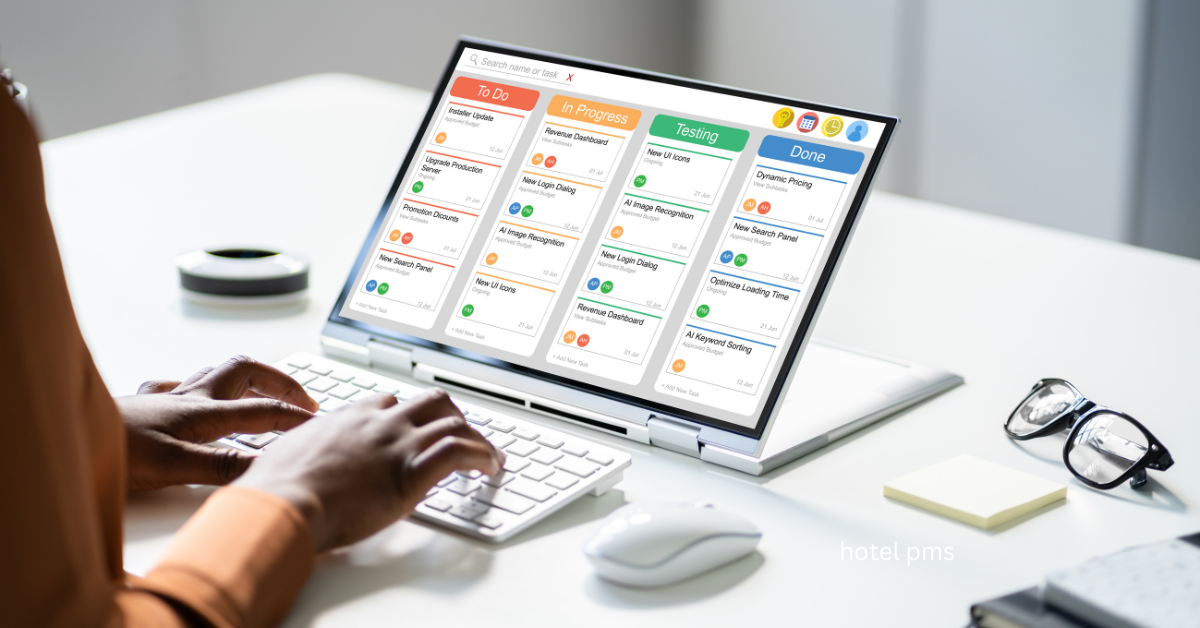
Mastering Hotel Metrics: RevPAR, ADR, Occupancy Rates, Discount Percentages, and Reverse Calculations Explained
admin
- 0

Achieving economic and operational success in the hotel management industry requires a solid understanding of key performance indicators (KPIs). such as mastering hotel metrics: RevPAR, ADR, occupancy rates, discounts, and reverse calculations with this concise guide.”
Metrics such as RevPAR (Revenue Per Available Room), ADR (Average Daily Rate), occupancy rates, and discount percentages are essential for assessing and improving a hotel’s performance. In this article, we will explain each metric, and how it is calculated, and explore reverse calculations for deeper insights into their business impact.
“Mastering Hotel Metrics: RevPAR, ADR & practices”.
RevPAR (Revenue Per Available Room)
RevPAR is one of the most critical metrics used to evaluate a hotel’s financial performance. It measures the revenue generated per available room, providing insights into a hotel’s ability to optimize room usage for profitability.
Formula:
RevPAR = Total Room Revenue ÷ Total Available Rooms
For example: If a hotel generates $10,000 in total room revenue and has 100 available rooms, the RevPAR is:
RevPAR=10,000/100=$100
ADR (Average Daily Rate)
ADR represents the average rate at which rooms are sold over a specific period. It focuses solely on room revenue and helps compare a hotel’s pricing power to the market.
Formula:
ADR = Total Room Revenue ÷ Number of Rooms Sold
A higher ADR indicates that a hotel can command premium rates, while a lower ADR might signal the need for price adjustments or marketing strategies.
Occupancy Rate
Occupancy rate measures the percentage of available rooms sold during a specific period. This metric provides insights into booking patterns, guest demand, and market conditions.
Formula:
Occupancy Rate = (Number of Rooms Sold ÷ Total Available Rooms) × 100
A high occupancy rate typically indicates strong demand and revenue potential, but balancing room rates with occupancy levels is critical to avoid overcapacity and declining returns.
Discount Percentage
Discounts are commonly used to attract customers. The discount percentage shows the price reduction compared to the original room rate.
Formula:
Discount Percentage = [(Original Room Rate – Discounted Room Rate) ÷ Original Room Rate] × 100
Understanding discount percentages allows hotels to strategically increase occupancy without eroding long-term profitability or ADR.
Reverse Calculations
Reverse calculations are essential when hotel managers need to assess the relationships between multiple metrics. These computations help set pricing, estimate revenues, and evaluate the impact of changes in occupancy, ADR, or discounts on overall profitability.
Formula:
ADR = RevPAR ÷ Occupancy Rate
Similarly, reverse calculations can help determine how discounts will affect revenue generation, aiding better decision-making.
No-Show Percentage:
This metric measures the percentage of reservations where guests fail to show up.
Formula:
No-Show Percentage=(Total ReservationsNo-Show Reservations)×100
Applications in Front Office Management
Dynamic Pricing Strategies: Adjust room rates based on occupancy and ADR data to optimize profits during high-demand periods or minimize losses during low demand.
Promotion Evaluation: Use RevPAR and discount percentages to assess the success of marketing campaigns.
Booking Trend Analysis: Monitor no-show percentages and strategically apply overbooking techniques to maximize revenue.
Profit Forecasting: Use occupancy rates and ADR to predict revenue trends and allocate resources effectively.
Why is RevPAR important for hotels?
RevPAR (Revenue Per Available Room) is crucial as it measures a hotel’s ability to generate revenue from its available rooms. It is calculated by multiplying ADR by the occupancy rate.
What is a good occupancy rate for a hotel?
A good occupancy rate typically ranges between 70% and 80%, depending on the property type, location, and market conditions.
How do discounts affect ADR and RevPAR?
Discounts directly impact ADR and RevPAR. While discounts may increase occupancy, they can lower ADR and potentially affect overall revenue.
Difference between ADR and RevPAR
ADR focuses on revenue from sold rooms, whereas RevPAR provides a broader view of overall performance by factoring in both occupancy and room rates.
How do you calculate RevPAR?
RevPAR=Total Room Revenue / Total Available Rooms
Mastering hotel metrics such as RevPAR, ADR, occupancy rates, and discount percentages is essential for balanced and successful hotel management. Regularly tracking and analyzing these KPIs enables hoteliers to make informed decisions about pricing strategies, marketing efforts, and operational improvements.
Additionally, understanding reverse calculations adds a deeper dimension to revenue management and forecasting, empowering hoteliers to optimize performance and enhance guest experiences. By leveraging these tools effectively, you can drive profitability and ensure long-term success in the competitive hospitality industry.

